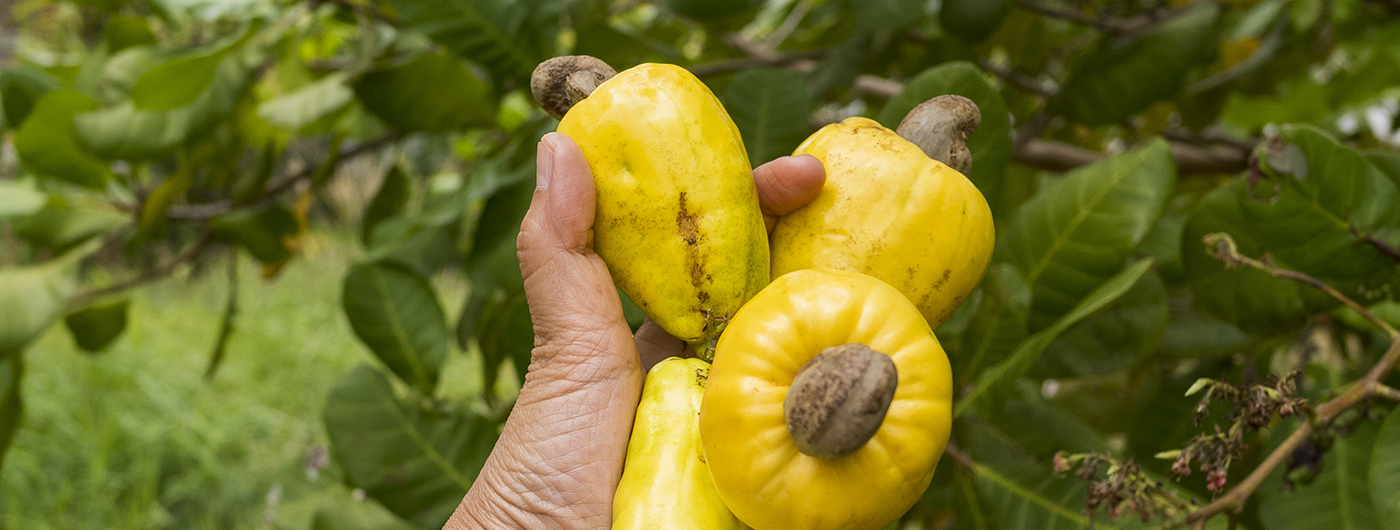

Coffee Market Analysis Report (17-25 October 2024)
Vietnam’s Export Dynamics
– Export Volume: Vietnam’s cumulative coffee exports for the coffee year October 2023 to September 2024 totaled 3,397,533 bags, reflecting a 12.26% decline from the previous year, amounting to an annual total of 24,307,866 bags.
– Export Value: Despite the reduction in volume, the export value surged to $5.43 billion, marking a 33.10% increase year-on-year. This is significant as it indicates robust pricing power, fueled by sustained high levels in the London Coffee Futures Market.
Market Stock Analysis
– Arabica Stocks: Certified washed Arabica coffee stocks fell by 9,551 bags to 839,910 bags. Notably, 98.01% of these stocks are held in Europe, with 46.26% from Brazil and 15.89% from Nicaragua. Pending grading stocks rose by 3,840 bags to 98,244 bags.
– Robusta Stocks: Certified robusta coffee stocks saw a reduction of 26,500 bags, bringing the total to 670,000 bags in northern hemisphere warehouses. This tightening suggests a growing demand against dwindling supply.
Price Arbitrage and Market Trends
– The November 2024 to December 2024 arbitrage between London and New York markets expanded to 49.03 Usc/Lb, indicating a 19.43% discount for robusta coffee. This widening gap could attract more buying interest in robusta, especially given the rising costs in the Arabica segment.
Global Weather Impacts
– Vietnam: Tropical Storm Trami is anticipated to affect central Vietnam, potentially disrupting the ongoing harvest due to heavy rainfall. This could exacerbate the already constrained supply situation.
– Brazil: Contrarily, Brazil’s coffee-growing regions report favorable weather, with much-needed rainfall expected to support flowering and crop development for the upcoming 2025/26 season.
Regulatory Environment
– The European Union’s parliamentary vote on the Deforestation Regulation (EUDR) set for mid-November 2024 will have significant implications for coffee sourcing strategies, especially for countries with environmental concerns. A delay in implementation to December 30, 2025, could temporarily alleviate sourcing pressures but may prolong uncertainty in compliance strategies.
Labor Market Challenges
– Labor availability remains a critical issue for Central American producers, where migration trends are limiting the workforce needed for the upcoming harvest. This may hinder output levels and contribute to rising prices.
Geopolitical and Economic Influences
– The ongoing geopolitical uncertainties and upcoming U.S. Presidential Elections are creating a cautious trading environment. The U.S. dollar remains strong, trading at 1.299 Sterling, 1.082 Euro, and 5.689 Brazilian Real, which typically exerts a bearish influence on commodities priced in other currencies.
Conclusion
The coffee market is currently characterized by a paradox of declining export volumes coupled with rising values, tightening stock levels, and significant external influences such as weather events and geopolitical factors. Stakeholders must remain vigilant to these dynamics as they could lead to substantial volatility in coffee prices and supply chains.


